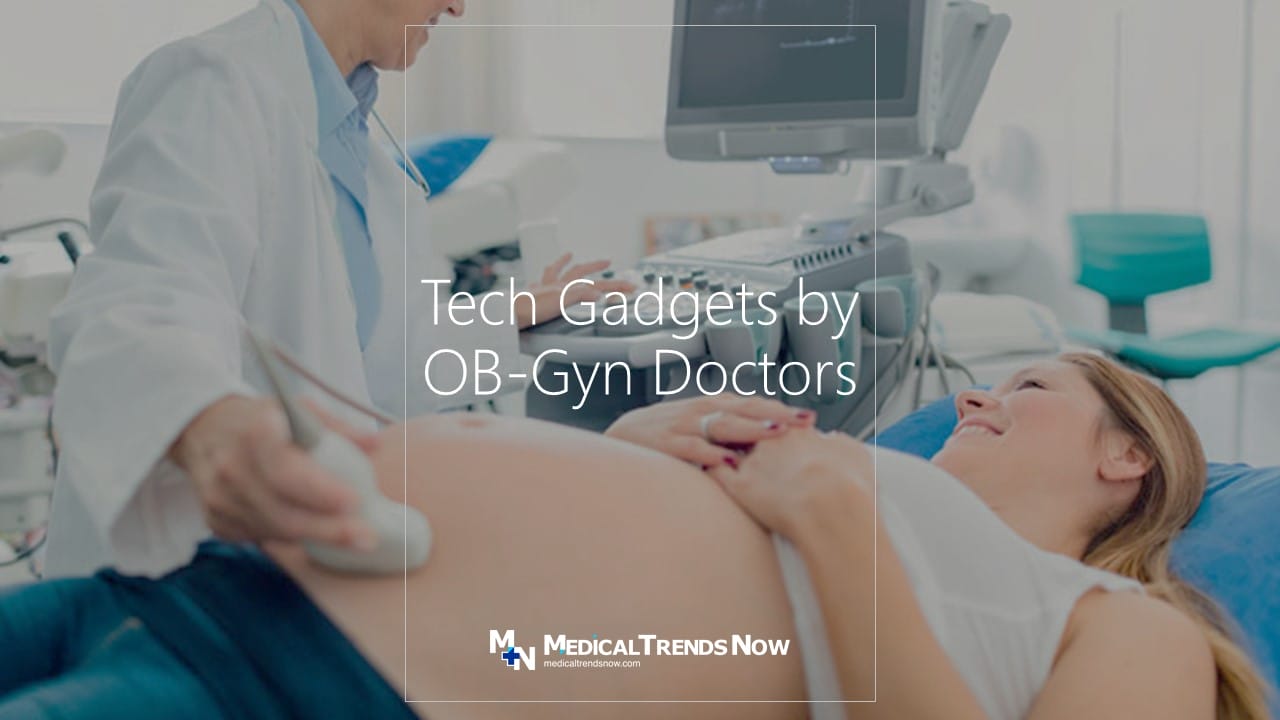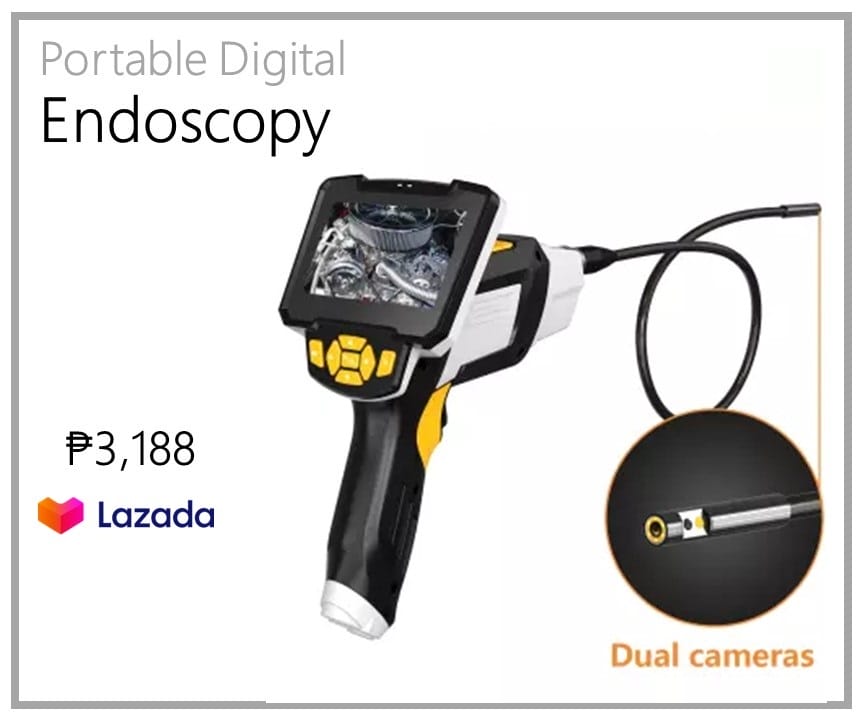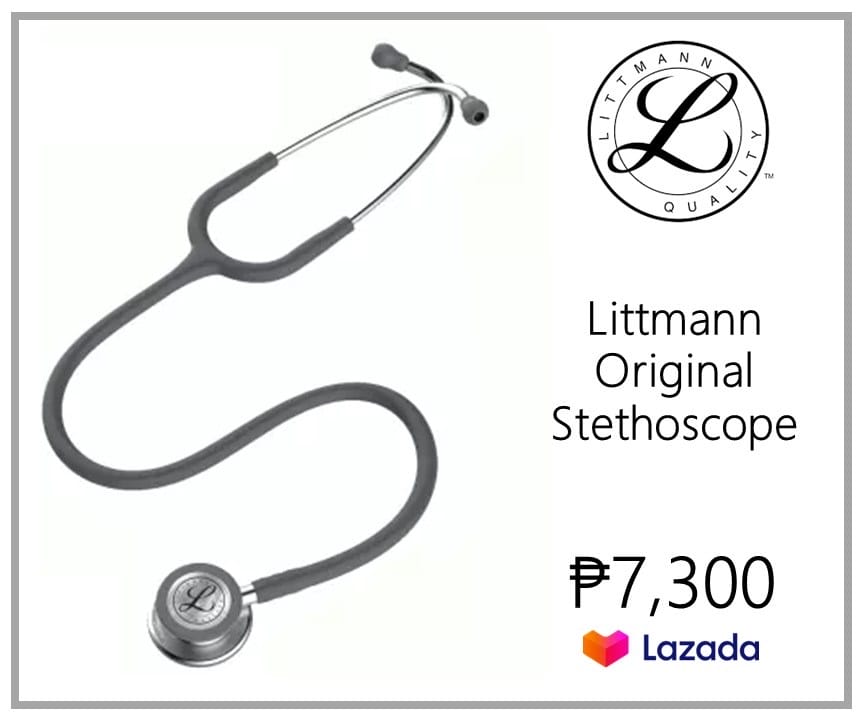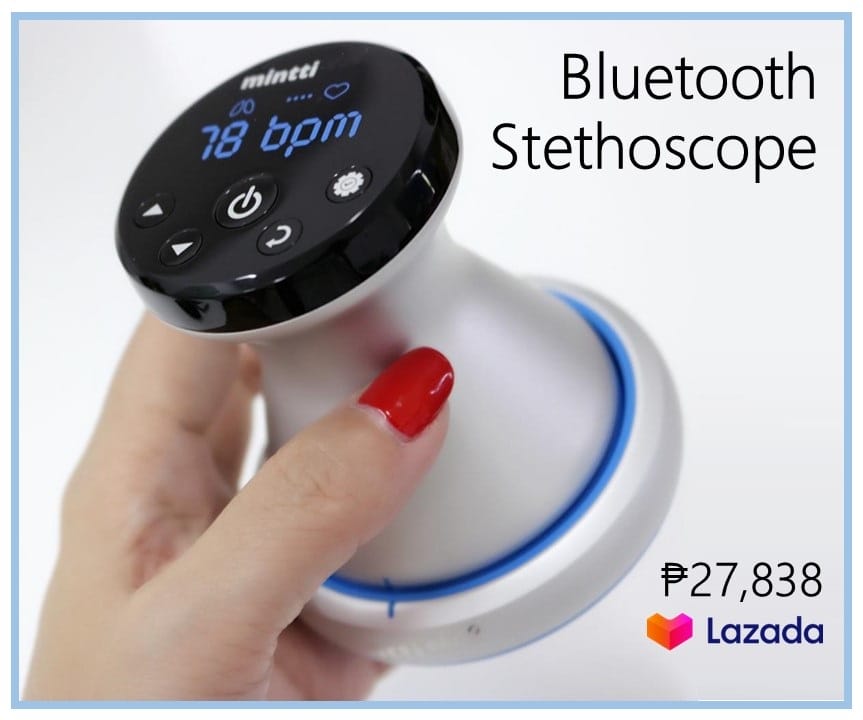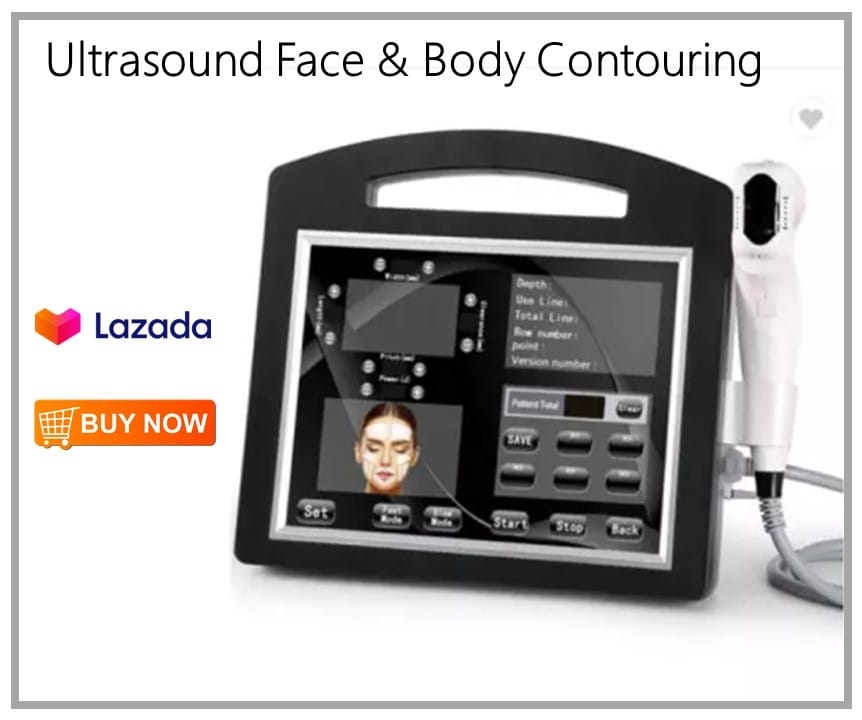Table of Contents
New technologies for pregnancy and maternity care are developing to optimize pregnancy and maternity care. From pregnancy tests to fetal monitors, there are many gadgets on the market to make the experience easier and more comfortable. Here are some of the best tech gadgets for pregnancy and maternity care.
A recent study found that the use of technology in pregnancy and maternity care has significantly improved over the last few years. According to the study, there are now a number of tech gadgets that Obstetrics and Gynecology doctors are currently using to help improve the health of pregnant women and babies. Some of the best tech gadgets that OB-Gyn doctors are using in pregnancy and maternity care: fetal monitors, ultrasound machines, and 4D scanners.
Here are the top 14 tech gadgets for OB-Gyn Doctors in Pregnancy and Maternity Care!
1. Gynecologic Robotic Surgery
Gynecologic robotic surgery is a new surgical procedure that uses robotics to assist in surgery. The use of robotics allows for more precise and accurate surgery. This new technology promises to help surgeons perform surgeries with greater precision and accuracy.
The use of robotics in surgery offers many benefits to both the surgeon and the patient. Robotic surgery is quickly becoming the standard of care for many types of surgical procedures.
Here are some of the practical applications of gynecologic robotic surgery:
Robotic Hysterectomy
A robotic hysterectomy is a surgery that uses a robot to remove the uterus. Medical doctors are currently using this surgery as a treatment for uterine cancer. A robotic hysterectomy offers many benefits over traditional surgery, including smaller incisions and less scarring.
Robotic-Assisted Myomectomy
Robotic-assisted myomectomy is a surgical procedure used to remove uterine fibroids. Using a robotic arm system gives the medical doctor a greater degree of precision and control compared to traditional laparoscopic surgery. Robotic-assisted myomectomy is safe and effective for the removal of uterine fibroids. It may offer some advantages over conventional surgery, including less blood loss and faster recovery time.
Gynecologic Robotic Surgery.
Gynecologic robotic surgery is becoming increasingly popular and is now the preferred method of treatment for many gynecologic conditions. Gynecologic robotic surgery is a minimally invasive surgical procedure that uses a robotic arm to perform surgery on the female reproductive system. The procedure offers many benefits over traditional open surgery, including less pain and scarring and a shorter recovery time.
Robotic Surgery Infertility Treatment
In the United States, one in eight couples experiences infertility. Treatment options are available for those struggling to conceive, including in-vitro fertilization (IVF) and robotic surgery. While both treatments can be costly and time-consuming, robotic surgery may offer a more successful outcome for those struggling with infertility.
Robotic Surgery for Endometriosis
Endometriosis is a condition in which uterine tissue grows outside of the uterus. Symptoms can include pain, infertility, and excessive bleeding. While there is no cure for endometriosis, there are treatments available. One treatment option is robotic surgery. Robotic surgery for endometriosis is a minimally invasive procedure that uses a robot to help the surgeon remove the uterine tissue.
Robotic-Assisted Sacrocolpopexy
Robotic-assisted sacrocolpopexy is a surgical procedure used to correct pelvic organ prolapse (POP), a condition in which one or more of the pelvic organs slips out of place. The surgery of using a robotic arm is a system that helps the surgeon to position and fixate the prolapsed organ. Robotic-assisted sacrocolpopexy is a minimally invasive procedure, and patients typically experience a shorter recovery time than with traditional open surgery.
2. Electronic Fetal Monitoring
Electronic fetal monitoring is a technology used by Obstetrics and Gynecology doctors to monitor the health of a fetus.
The technology uses sensors placed on the mother’s abdomen to track the baby’s heart rate and contractions. This information is then transmitted to a computer, which displays the data in real-time.
Electronic fetal monitoring is an essential tool for doctors, as it allows them to detect and treat any problems with the fetus before they become serious.
3. Pregnancy 4D Scanners
Obstetrics and gynecology doctors’ 4D scanners are used by to get a more detailed view of the baby during pregnancy and childbirth.
4D scanners produce three-dimensional images that are updated in real-time, so doctors can see how the baby is moving and changing.
Obstetricians use 4D scanners to monitor the baby’s growth and development, while gynecologists use them to detect any abnormalities in the reproductive organs.
4. Portable Mobile Ultrasonography Device
Ultrasonography is a medical imaging technique that uses high-frequency sound waves to create images of the internal organs.
Ultrasonography is commonly used during pregnancy to monitor the baby’s development. Portable mobile ultrasonography devices allow doctors to perform ultrasounds outside of the hospital or clinic setting. This allows for more timely diagnosis and treatment of potential problems.
Obstetrics and gynecology doctors are increasingly using portable mobile ultrasonography devices to provide care for their patients.
5. Blood Pressure Screening
Blood pressure screenings are an important part of prenatal care. By checking your blood pressure regularly, your doctor can monitor your health and ensure that you and your baby are both safe and healthy.
Some women have high blood pressure during pregnancy, which can be dangerous for both mother and child.
If you have high blood pressure, your medical doctor may need to take special precautions to ensure safe delivery.
6. Fetal Pulse Oximetry for Fetal Assessment in Labor
Pulse oximetry is a medical device that measures the oxygen levels in a person’s blood.
Doctors commonly use this device to monitor the health of patients who are unable to breathe on their own.
Recently, doctors have begun using pulse oximetry to monitor the health of fetuses during labor. This new procedure is known as fetal pulse oximetry.
7. Pregnancy Infusion Pumps
An infusion pump is a device used by Obstetrics and Gynecology doctors during pregnancy and maternity care.
The device can administer medication, blood products, or other fluids to a patient through an intravenous line. Infusion pumps are often used to infuse fluids slowly and evenly over a period of time. This allows the doctor to maintain a steady level of medication in the patient’s system.
Infusion pumps can also help to prevent adverse reactions to medications.
8. Using a Heating Pad During Labor
Obstetrics and gynecology doctors have been using heating pads during pregnancy and maternity for years.
Some women swear by them as a way to relieve pain during labor, while others find them uncomfortable or ineffective.
There are a few things you should know before using a heating pad during labor.
9. Virtual Reality Headset Can Ease Labor Pain
Headaches, nausea, and vomiting are just a few of the symptoms of morning sickness. For some women, the discomforts of pregnancy can be overwhelming. But what if there was a device that could help ease those symptoms?
According to a study published in The Journal of Maternal-Fetal and Neonatal Medicine, that device may be a virtual reality headset.
Obstetrics and Gynecology doctors are using a virtual reality headset during the patient’s birthing to ease labor pain. The headset creates a virtual world that the patient can escape to during labor.
The virtual world distracts the patient from the pain of labor. The headset can also help pregnant women prepare for birthing labor.
10. Lilu Massager + Bra
The Lilu Massager Bra is a device used by Obstetrics and Gynecology Doctors during Pregnancy and Maternity Care.
The Lilu Massager Bra is designed to help with the pain associated with pregnancy and to improve blood circulation. The Lilu Massager Bra is worn like a regular bra and has four massage nodes that are inserted into the breasts.
The massage nodes can be heated or cooled depending on the needs of the patient.
11. Digital Pregnancy Test
A digital pregnancy test with a smart countdown is an Obstetrics and Gynecology device used by doctors during pregnancy and maternity care.
The device helps ensure that doctors are able to accurately measure the time remaining in a pregnancy, which can be critical for both the mother and child.
The device also includes a smart countdown, which helps keep both the doctor and patient informed of exactly how much time remains in the pregnancy.
12. Transcutaneous Electrical Nerve Stimulation (TENS) Device
A transcutaneous electrical nerve stimulation (TENS) device is a small, battery-operated machine used by doctors during pregnancy and maternity care.
The device sends low-voltage electrical currents through the skin to stimulate the nerves. TENS is said to provide relief from pain, cramps, and anxiety. It is also said to improve labor outcomes and reduce the need for medications.
Although TENS is considered safe, it should not be used on pregnant women with certain health conditions.
13. Remote-Controlled Contraceptive Chip
Remote Controlled Contraceptive Chip is a device used by Obstetrics and Gynecology Doctors during Pregnancy and Maternity Care. The chip is inserted into the woman’s arm and delivers a small dose of contraceptive every day for up to three years. The doctor can turn the chip off or on remotely if needed.
The chip can be turned off or on using a remote control. It has been FDA approved and is available to women in the United States.
14. Pregnancy Mobile Apps
According to a study published in the journal JAMA, obstetrics and gynecology doctors are increasingly using pregnancy mobile apps in their clinical practice.
The apps are used to support care for pregnant women and their families, including providing information on prenatal care, helping to schedule appointments, and tracking the progress of the pregnancy.
The study found that the use of mobile apps by obstetricians and gynecologists has increased from 8% to 67% in a span of seven years.
Conclusion: Best Tech Gadgets in Pregnancy and Maternity Care
In conclusion, technology has come a long way in the field of pregnancy and maternity. There are many gadgets on the market that can help both the pregnant woman and her doctor. Some of these tools include gynecologic robotic surgery, 4D scanners, portable mobile ultrasonography devices, blood pressure screening, fetal pulse oximetry, infusion pumps, and virtual reality apps. While some of these technologies are expensive, they can be life-saving.


